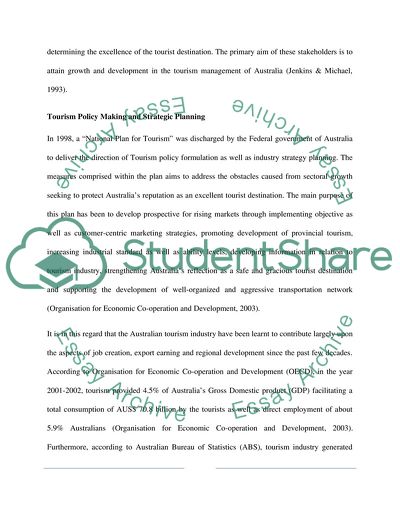Cite this document
(“Tourism of Byron Bay in New South Wales, Australia Research Paper - 1”, n.d.)
Tourism of Byron Bay in New South Wales, Australia Research Paper - 1. Retrieved from https://studentshare.org/tourism/1456475-tourism-case-study-of-byron-bay-in-new-south-wales-australia
Tourism of Byron Bay in New South Wales, Australia Research Paper - 1. Retrieved from https://studentshare.org/tourism/1456475-tourism-case-study-of-byron-bay-in-new-south-wales-australia
(Tourism of Byron Bay in New South Wales, Australia Research Paper - 1)
Tourism of Byron Bay in New South Wales, Australia Research Paper - 1. https://studentshare.org/tourism/1456475-tourism-case-study-of-byron-bay-in-new-south-wales-australia.
Tourism of Byron Bay in New South Wales, Australia Research Paper - 1. https://studentshare.org/tourism/1456475-tourism-case-study-of-byron-bay-in-new-south-wales-australia.
“Tourism of Byron Bay in New South Wales, Australia Research Paper - 1”, n.d. https://studentshare.org/tourism/1456475-tourism-case-study-of-byron-bay-in-new-south-wales-australia.


